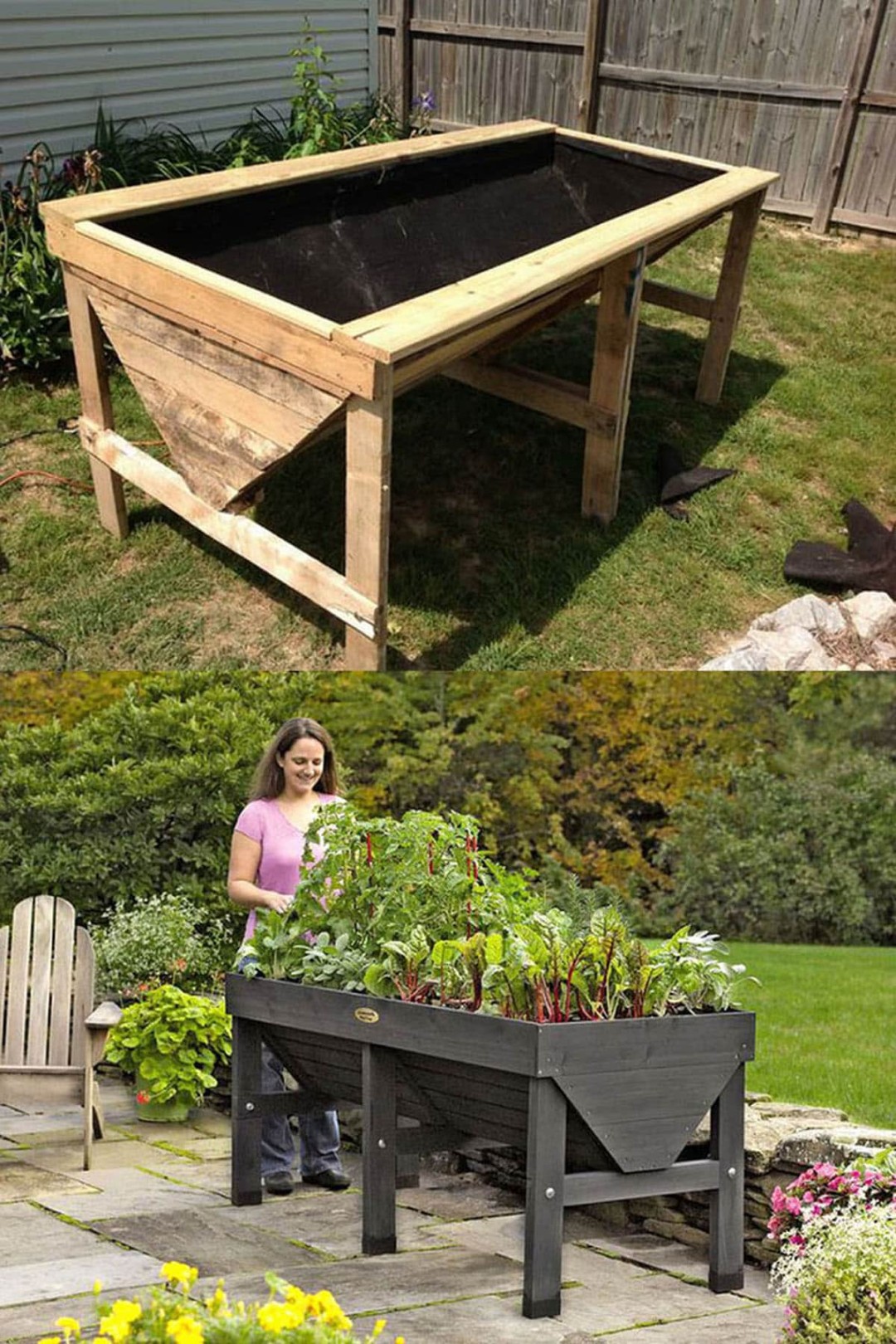Raised Garden Box Ideas
Raised garden beds offer numerous advantages for gardeners of all experience levels. They provide better drainage, improved soil quality, and easier access for planting, weeding, and harvesting. Additionally, raised beds can help deter pests and protect plants from harsh weather conditions.
Choosing the Right Materials
When constructing a raised garden bed, consider using durable materials like untreated cedar, redwood, or pressure-treated lumber. These materials are resistant to rot and decay, ensuring the longevity of your garden bed. Other popular options include recycled materials such as old pallets or bricks.
Determining the Optimal Size and Shape
The size and shape of your raised garden bed will depend on your specific needs and available space. A common size for a beginner’s garden bed is 4 feet by 8 feet. However, you can adjust the dimensions to accommodate your desired plant selection. Rectangular and square shapes are popular choices, but you can also experiment with circular or hexagonal designs.
Preparing the Soil
High-quality soil is essential for healthy plant growth. Fill your raised garden bed with a mixture of compost, topsoil, and organic matter. This rich soil will provide the necessary nutrients for your plants to thrive. Consider adding a slow-release fertilizer to further enhance soil fertility.
Planning Your Garden Layout
Before planting, create a garden plan to maximize space and optimize plant growth. Consider factors such as sunlight exposure, plant height, and companion planting. Group plants with similar needs together and leave adequate space for each plant to grow.
Selecting Suitable Plants
Choose plants that are well-suited to your climate and growing conditions. Consider factors like sunlight requirements, water needs, and pest resistance. Popular choices for raised garden beds include herbs, vegetables, and flowers.
Watering and Fertilizing
Proper watering and fertilization are crucial for maintaining healthy plants. Water your garden bed regularly, especially during dry periods. Avoid overwatering, as this can lead to root rot. Apply a balanced fertilizer to provide essential nutrients throughout the growing season.
Mulching
Applying a layer of mulch around your plants can help conserve moisture, suppress weeds, and regulate soil temperature. Organic mulches like straw, wood chips, or compost can also improve soil fertility over time.
Pest and Disease Control
Monitor your garden regularly for signs of pests and diseases. Implement preventive measures like crop rotation, companion planting, and handpicking to minimize problems. If necessary, use organic pest control methods or natural insecticides.
Conclusion
Raised garden beds offer a versatile and efficient way to grow a variety of plants. By following these tips and ideas, you can create a thriving garden that provides fresh, healthy produce and beautiful blooms.

